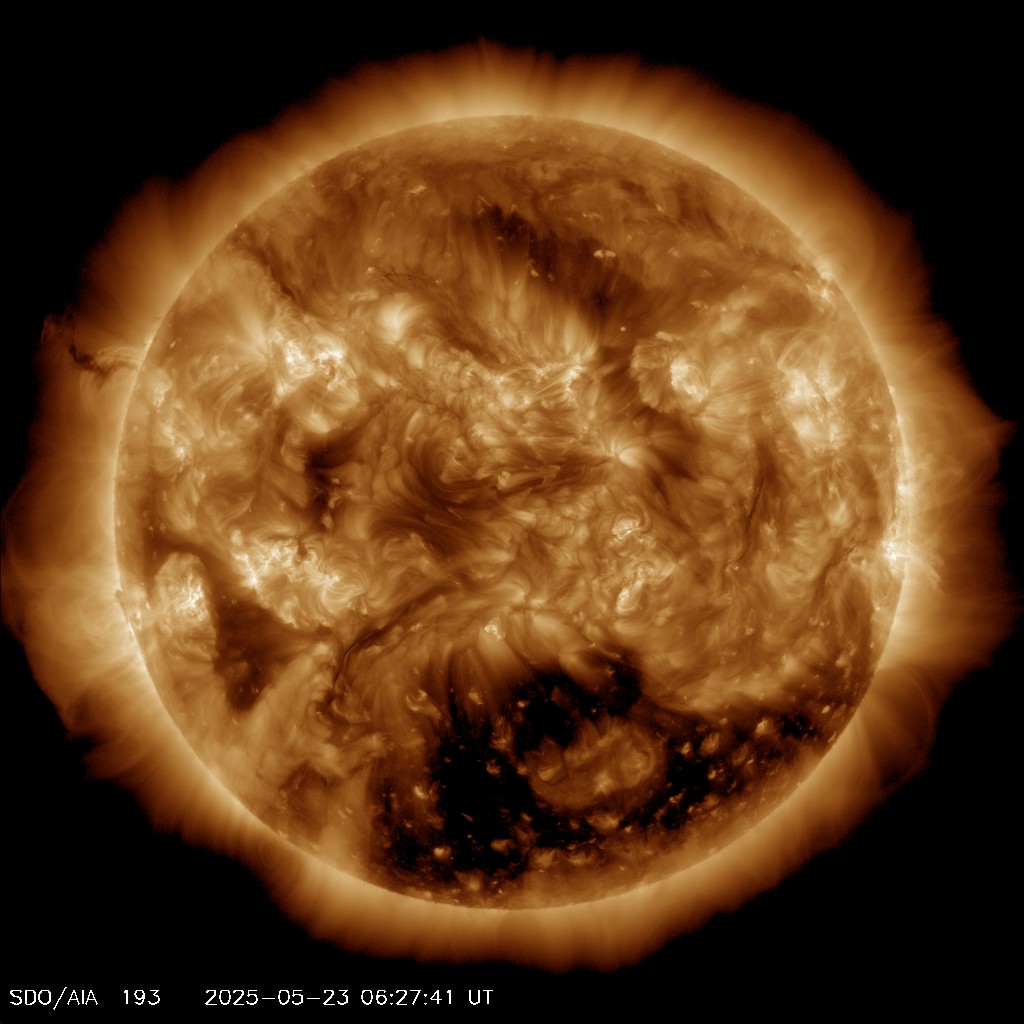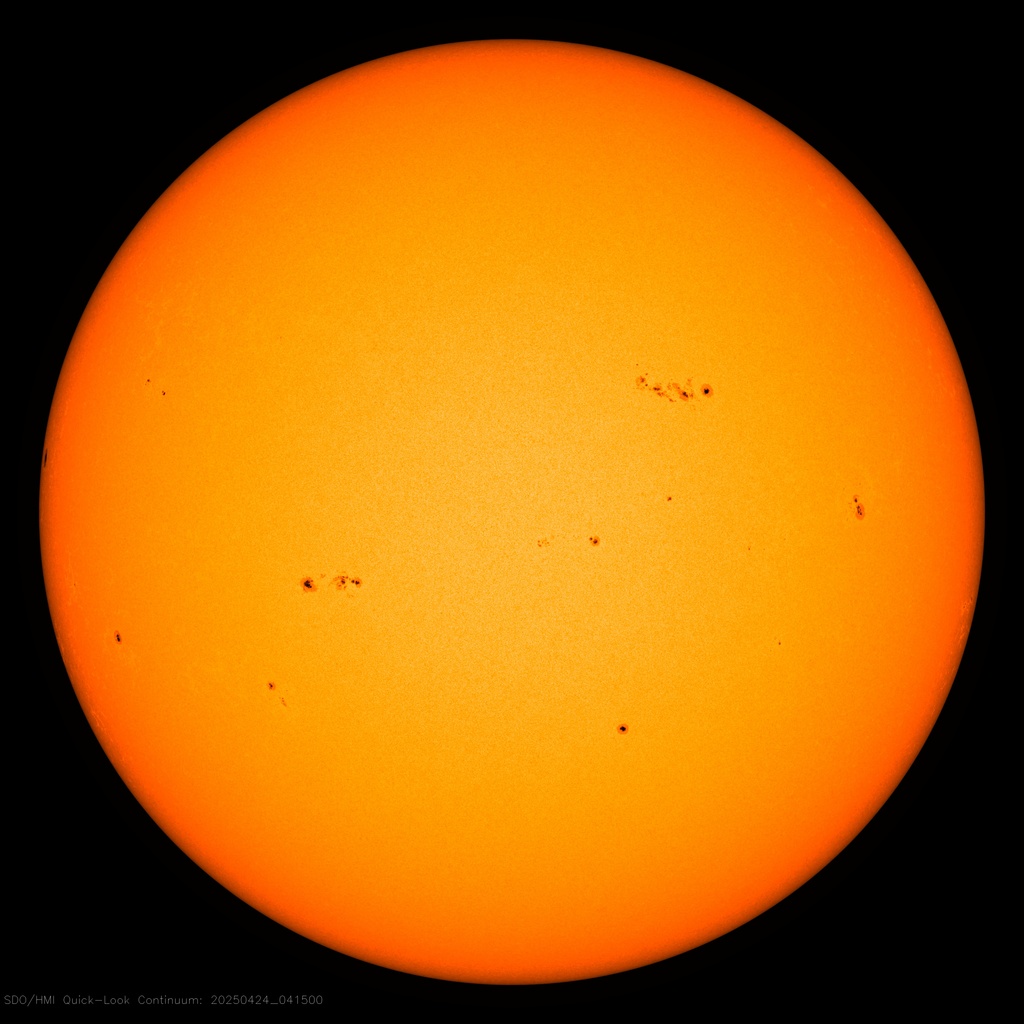
In 2015, a stellar-mass black hole in a binary star system underwent an accretion event causing it to erupt brightly across the electromagnetic spectrum. Slurping down the plasma from its stellar partner — an unfortunate sun-like star — the eruption became a valuable observation for astronomers and, in a recent study, researchers have used the event to better understand the magnetic environment surrounding the black hole.
The binary system in question is V404 Cygni, located 7,795 light-years from Earth, and that 2015 outburst was an X-ray nova, an eruption that previously occurred in 1989. Detected by NASA’s Swift space observatory and the Japanese Monitor of All-sky X-ray Image (MAXI) on board the International Space Station, the event quickly dimmed, a sign that the black hole had consumed its stellar meal.
Combining these X-ray data with observations by radio, infrared and optical telescopes, an international team of astronomers were able to measure emissions from the plasma close to the black hole’s event horizon as it cooled.
The black hole was formed after a massive star ran out of fuel and exploded as a supernova. Much of the magnetism of the progenitor star would have been retained post-supernova, so by measuring the emissions from the highly charged plasma, astronomers have a tool to probe deep inside the black hole’s “corona.” Like the sun’s corona — which is a magnetically-dominated region where solar plasma interacts with our star’s magnetic field (producing the solar wind and solar flares, for example) — it’s predicted that there should be a powerful interplay between the accreting plasma and the black hole’s coronal magnetism.
As charged particles interact magnetic fields, they experience acceleration radially (i.e. they spin around the magnetic field lines that guide their direction of propagation) and, should the magnetism be extreme (in a solar or, indeed, black hole’s corona), this plasma can be accelerated to relativistic speeds. In this case, synchrotron radiation may be generated. By measuring the radiation across all wavelengths, astronomers can thereby probe the magnetic environment close to a black hole as this radiation is directly related to how powerful a magnetic field is generating it.

According to the study, published in the journal Science on Dec. 8, V404 Cygni’s hungry black hole has a much weaker magnetic field than theory would suggest. And that’s a bit of a problem.
The researchers write: “Using simultaneous infrared, optical, x-ray, and radio observations of the Galactic black hole system V404 Cygni, showing a rapid synchrotron cooling event in its 2015 outburst, we present a precise 461 ± 12 gauss magnetic field measurement in the corona. This measurement is substantially lower than previous estimates for such systems, providing constraints on physical models of accretion physics in black hole and neutron star binary systems.”
Black holes are poorly understood, but with the advent of gravitational wave (and “multimessenger”) astronomy and the excitement surrounding the Event Horizon Telescope, in the next few years we’re going to get a lot more intimate with these gravitational enigmas. Why this particular black hole’s magnetic environment is weaker than what would be expected, however, suggests that our theories surrounding black hole evolution are incomplete, so there will likely be some surprises in store.
“We need to understand black holes in general,” said collaborator Chris Packham, associate professor of physics and astronomy at The University of Texas at San Antonio (UTSA), in a statement. “If we go back to the very earliest point in our universe, just after the Big Bang, there seems to have always been a strong correlation between black holes and galaxies. It seems that the birth and evolution of black holes and galaxies, our cosmic island, are intimately linked. Our results are surprising and one that we’re still trying to puzzle out.”




